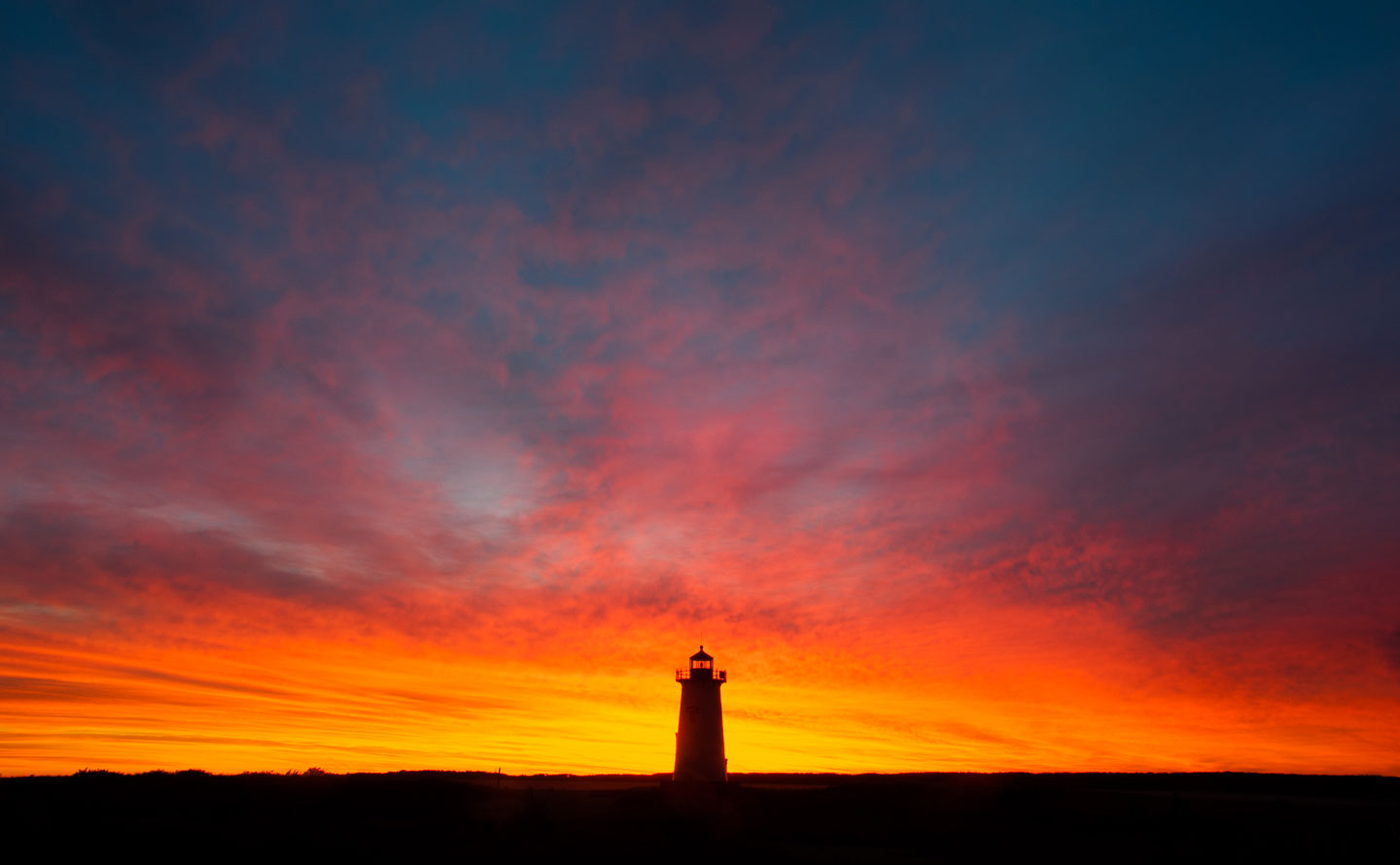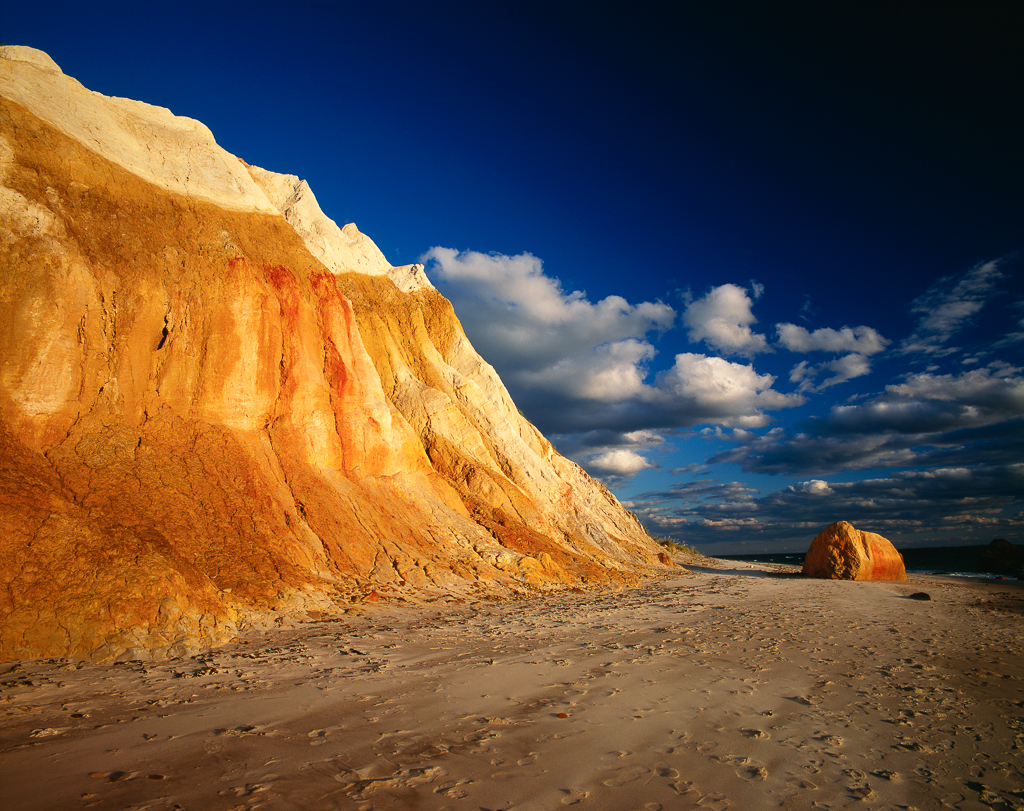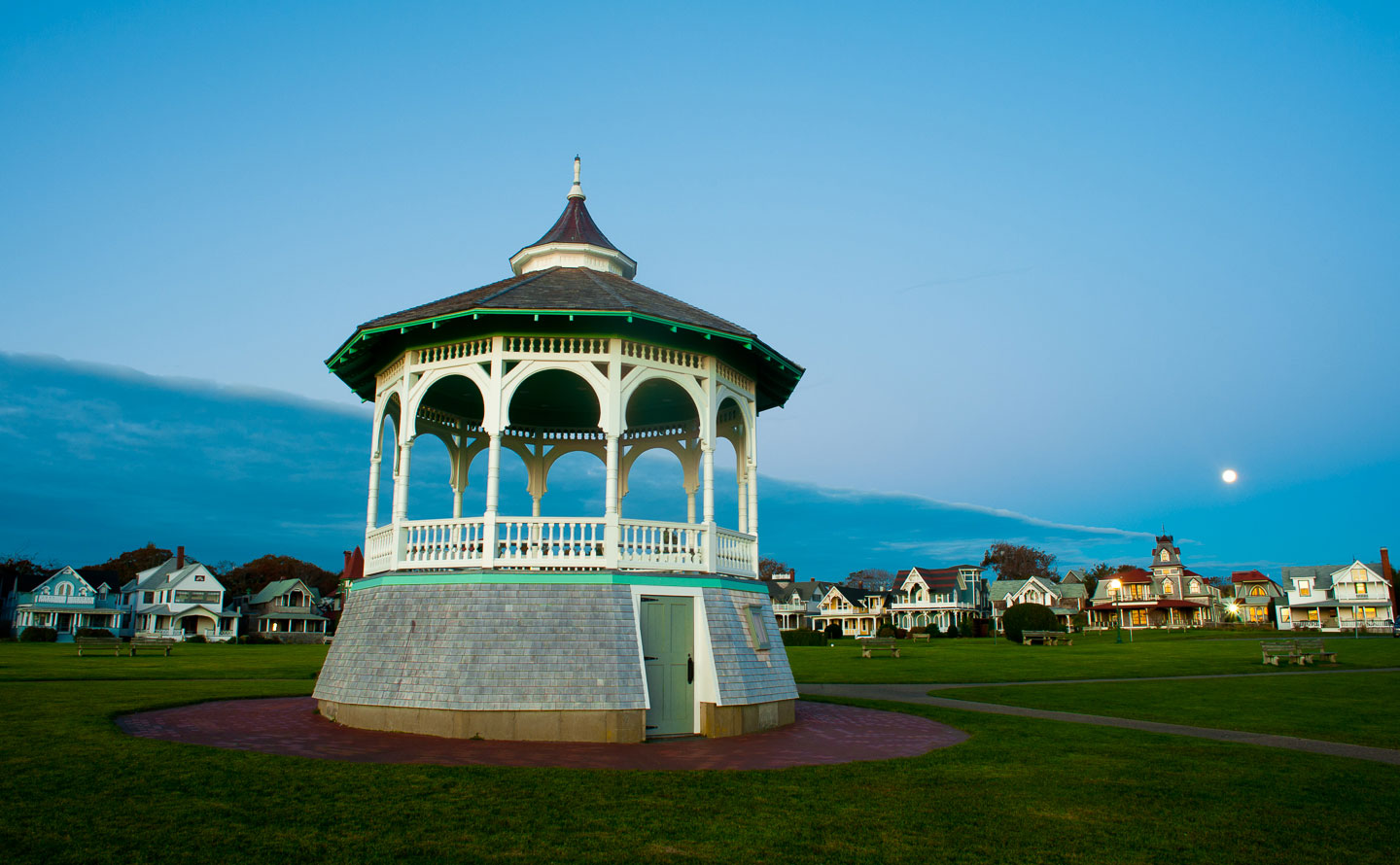The only person ever known to have officially “owned” both the island of Martha’s Vineyard and the island of Nantucket moved to Edgartown in 1646 and sold Nantucket to the first people who made him a reasonable offer for it a decade and half later. Thomas Mayhew had previously built the first bridge over the Charles River, only to have it taken over by the colony before he could recoup his investment through tolls. It appears that he made the decision to sell out of Watertown and purchase the rights to develop the islands partly out of frustration with the Massachusetts Bay Colony. As importantly; particularly to Mayhew’s son, Thomas Jr., who arrived two years before his father, the Island was fertile ground for religious missionary work.
The Mayhews likely were not the first English to take up residence on the Island — various Atherns, Peases, and Nortons had been here already — but the arrival of the Mayhews at Great Harbor marks the beginning of officially sanctioned European settlement. Five generations of Mayhews were missionaries to the Wampanoag, and they had much success with a brand of conversion that was notably more relaxed than some of their contemporaries off-Island. Still, though the missionary efforts were sincere and seemingly benign, the outcome for the Indians of the arrival of the English was heavily weighted toward spiritual as opposed to earthly rewards. The Wampanoag did not, however, disappear entirely from the Island and one of their ancient arts — hunting whales — became the primary industry of Edgartown.
Edgartown, like Nantucket and New Bedford, was one of the great capitals of the international whaling business, which grew steadily throughout the 1700s and peaked in the decades before the Civil War. Though the Vineyard and Nantucket are great sports rivals today, the relationship between the two ports was more of sibling affair, with many of the same families dominating the business in all three ports. The hunt for whales eventually spread to every corner of the globe, whalers from the islands could be found in ports all over the Pacific. The first woman of European descent to spend a night in Japan was Abigail Jernegan, wife of the whaling captain Nathaniel Jernegan. She was also the first Western woman to bring home souvenirs from Japan. There was a kangaroo in Edgartown in the 1850s: Jernegan’s neighbor Caroline Mayhew brought it back from a whaling voyage.
The whaling business collapsed after the Civil War due to a combination of factors, chiefly overfishing of the resource and the discovery of “earth-oil” coming out of the ground in Pennsylvania. The rise of trains on the mainland also marked the end of an era for the Island, as it was now no longer enough to have only a great port. Edgartown declined in population and prosperity along with the rest of Martha’s Vineyard. Its population began to decline in 1860 and didn’t begin to grow again until after the Great Depression of the 1930s.
By then, tourism on the Island was well established, thanks in no small part to the religious revivalists who pitched tents every summer in the Northwest corner of town. The whaling captains of Edgartown invested heavily in developing “Cottage City,” and by 1880 the thing had grown so much that it split off and formed the town that would become Oak Bluffs. But that’s another story.
Oh yeah, that Chappaquiddick thing was in Edgartown. What was that again?
“Settled”: 1642
Incorporated: 1671
Land Area: 27 square miles
Water Area: 95 square miles
Population: 3,779




